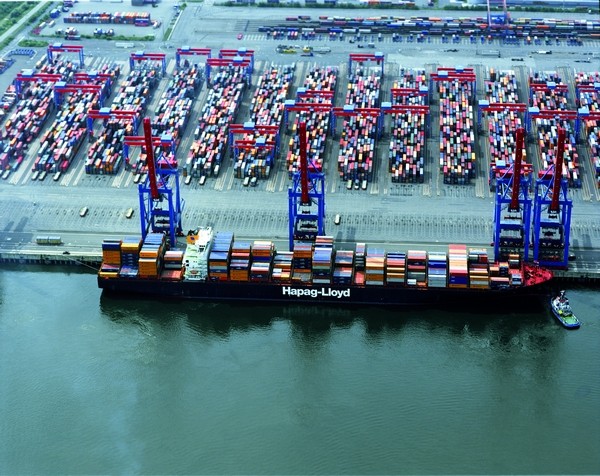Rates out of China on the two major trades to Europe and the US have seen a surge in spot rates over the last week as demand for space is increasing, particularly in the US.
The rate increases are testament to the success of the lines to maintain prices through capacity management even in the face of unprecedented declines in demand.
Although that demand is showing signs of returning, there is a feeling that the upturn in demand that has been seen over the last week to 10 days could be temporary, according to consultant Jon Monroe.
“BCO imports are picking up and this feels good. But we must remember; this surge of imports might be temporary. It feels good after months of being shut down but how sustainable is it?” Asks Monroe rhetorically. “This increase of container volume comes after months of being at least partially shut down,” but demand, Monroe points out, is not made by orders, but by consumers going to the shops and spending.
Pacific rates, according to the FBX, have driven the global increase in rates with China to West Coast US spot prices reaching US$2,167/FEU by 12 June, US$569 increase on the spot rates at the end of May. In addition, the rates to the US East Coast, vis the Panama Canal, reached US$2,873/FEU from US$2,580/FEU from two weeks earlier. Rates to the East Coast are about US$165 higher than a year ago, whereas rates to the West Coast US$717 higher than in June 2019.
On the European trades the increases have been less marked, with the major services to North Europe attracting rates of US$1,650/FEU, an increase of US$180/FEU since the end of May, and US$305/FEU up on the same period last year.
Rates to the Mediterranean have increased less than US$100/FEU since May but are US$300/FEU higher than the same period last year.
Backhaul rates from the Mediterranean remain at very high levels, even if they have dipped from their US$1,000/FEU peak a week ago, to US$933/FEU, this level remains nearly twice as high as a year ago, when the spot cost was US$453/FEU. Spot rates to China from North Europe have nearly doubled US$1,492, from US$783/FEU in June 2019.
Backhaul rates on the Pacific remain sluggish with West Coast loadings fetching US$475/FEU, down US$100 since a year ago. And East Coast cargo to China has managed US$50/FEU decrease on a year ago, at US$589/FEU and is still higher than at the end of May, when rates were US$514/FEU.
European demand is also apparently on the increase, but like the US, Europe has been in lockdown and the surge in demand could well be a temporary spike.
The longer term out look for trade is considerably bleaker as unemployment levels in both Europe and the US have increased substantially and the damage to the respective economies will not be fully apparent until government support for businesses is removed.
The United Nations Conference on Trade and Development (UNCTAD) released the details of its latest report last week, which showed that merchandise trade fell by 5% in the first quarter of this year and declined 27% in the second quarter, with UNCTAD forecasting a 20% annual decline for 2020.
“There is still a lot of uncertainty about the possibility of any economic recovery in the second half of the year,” said Pamela Coke-Hamilton, UNCTAD’s director of international trade.

Nick Savvides
Managing Editor







